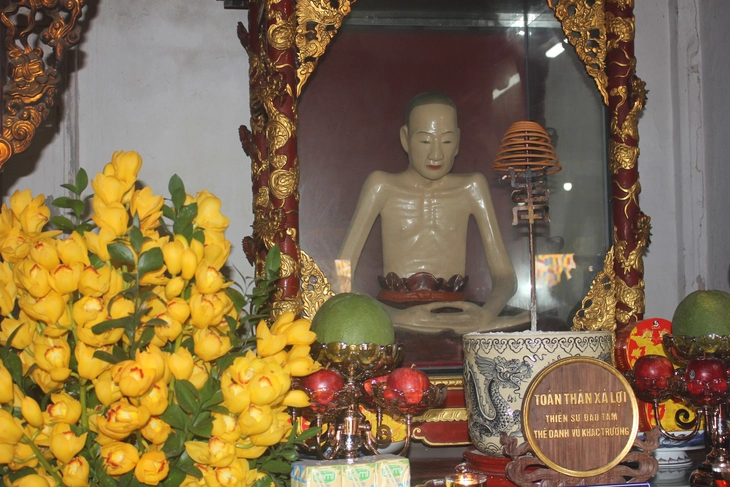
The whole body relics of Zen master Vu Khac Truong at the Ancestral Temple of Dau Pagoda - Photo: T.DIEU
Up to now, the two physical relics of Zen masters Vu Khac Minh and Vu Khac Truong at Dau pagoda are the most intact.
The information was given by researchers at the seminar Dau Pagoda (Thanh Dao Tu) and the imprint of two Zen masters with the surname Vu in the flow of national cultural history , organized by the Hanoi University of Social Sciences and Humanities and Dau Pagoda on April 19 at this very pagoda.
Royal temple
According to Dr. Dinh Duc Tien ( Hanoi University of Social Sciences and Humanities), Dau Pagoda (Thanh Dao Tu) in Gia Phuc village, Nguyen Trai commune, Thuong Tin district, Hanoi city is a "famous ancient temple" with a long history and is famous in Son Nam town.
Master Nguyen Ngoc Phuc affirmed that the pagoda is special, not only in the system of pagodas worshiping the Four Dharmas, but also in that it received the attention of the royal court, so it is also considered a royal pagoda.
The Dau Pagoda steles show that Lord Trinh paid great attention to Dau Pagoda and the Trinh Dynasty's high-ranking military generals also appeared frequently in the Dau Pagoda steles.
According to Master Duong Van Hoan (Institute of Han Nom Studies), Dau Pagoda (Phap Vu Tu) was originally a sacred and famous ancient site, along with the active encouragement of the abbots, including two Zen masters Vu Khac Minh and Vu Khac Truong, so the pagoda always received attention from the royal court, especially the concubines and princes in the Trinh Lord's palace.
The steles of Dau Pagoda show that in the 17th century, King Le Than Tong, Lord Trinh Trang, and a series of concubines and princes in the Lord's palace participated in the construction, reconstruction, and restoration of Dau Pagoda, making it even more majestic and magnificent, the largest in scale at that time.
This contributed to creating favorable conditions for Zen masters such as Vu Khac Minh (Dao Chan) and Vu Khac Truong (Dao Tam) to propagate Buddhism, contributing to protecting the country and people, accompanying the nation.
After the two Zen masters of the Vu family passed away, they left behind their “flesh bodies” (intact flesh bodies) also known as “full body relics” or “Bodhisattva flesh bodies”. This further increased the reputation of Dau pagoda.
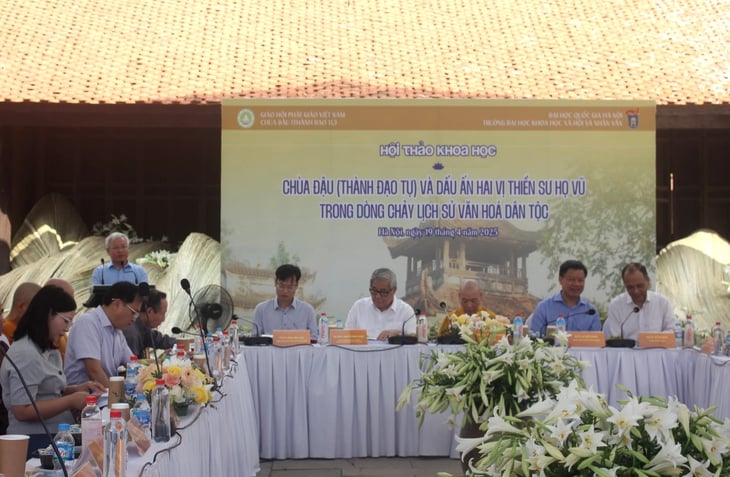
The workshop was held right at Dau Pagoda - Photo: T.DIEU
Two bodies in one temple
Unlike artificial embalming techniques, complete incorruptibility occurs naturally, without the need for chemical intervention or organ removal, yet the body does not rot over time.
This is a supernatural phenomenon of the human body, which is difficult for science to explain, making people curious and admiring.
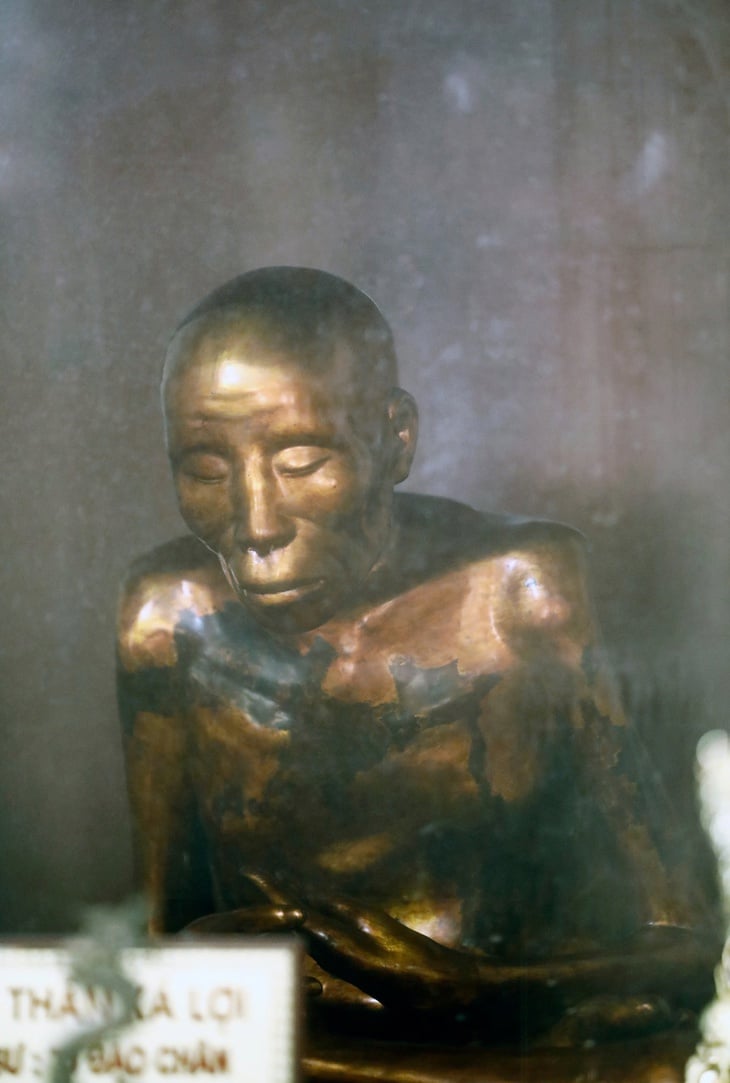
Full body relic statue of Zen master Vu Khac Minh - Photo: NGO VUONG ANH
According to Master Nguyen Su (Institute of Ethnology and Religion), there are currently only four cases of preserved Zen masters. All four belong to the period from the 17th to the early 18th century, the period when Buddhism flourished among the people.
They were Zen master Chuyet Chuyet (1590 - 1644) at Phat Tich pagoda, Bac Ninh , Zen master Vu Khac Minh (?-1639) and Zen master Vu Khac Truong (?-1689) at Dau pagoda (Thuong Tin, Hanoi) and Zen master Nhu Tri (died around the beginning of the 18th century) at Tieu pagoda (Tieu Son), Bac Ninh province.
According to folk legend, the two Zen masters Vu Khac Minh and Vu Khac Truong of Dau pagoda were teacher and student (some information says they were also uncle and nephew) and took turns presiding over the pagoda.
Both natural flesh statues of the two Zen masters have been preserved by posterity through many events of time.
In 1983, experts brought the two flesh statues to the hospital for X-rays. The results showed that there were no chisel marks on the skull or body, no intestines or brain were removed, the joints were tight in their natural state, and each flesh statue weighed about 7kg.
This confirmed that the two Zen masters' bodies were completely preserved without any mummification techniques. Afterwards, the bodies of the two Zen masters were restored by experts, lightly reinforced with lacquer and fillers.
Currently, both statues sit cross-legged on a gilded pedestal in the Ancestral Hall of Dau Pagoda and are preserved in a special glass cabinet filled with nitrogen. The two Zen masters' bodies are considered a symbol of the mystery of Vietnamese Buddhism.
Source: https://tuoitre.vn/chua-dau-va-cau-chuyen-hai-toan-than-xa-loi-thien-su-vu-khac-minh-vu-khac-truong-20250419213350205.htm




![[Photo] The 18th Hanoi Party Congress held a preparatory session.](https://vphoto.vietnam.vn/thumb/1200x675/vietnam/resource/IMAGE/2025/10/15/1760521600666_ndo_br_img-0801-jpg.webp)

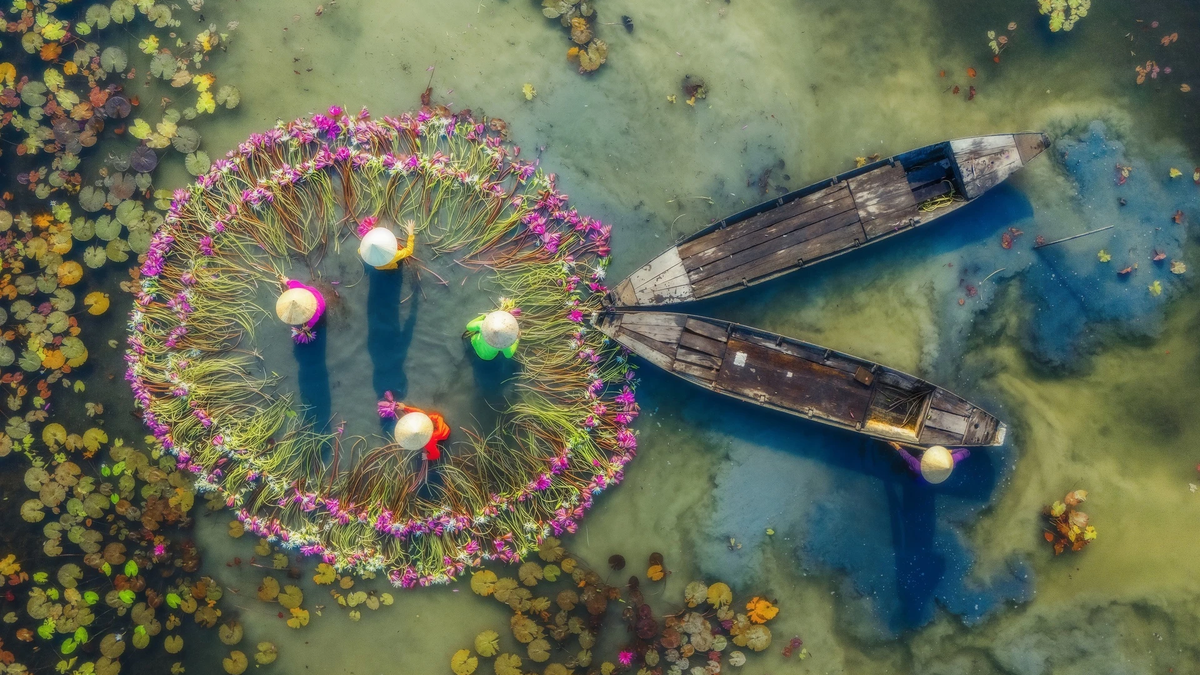
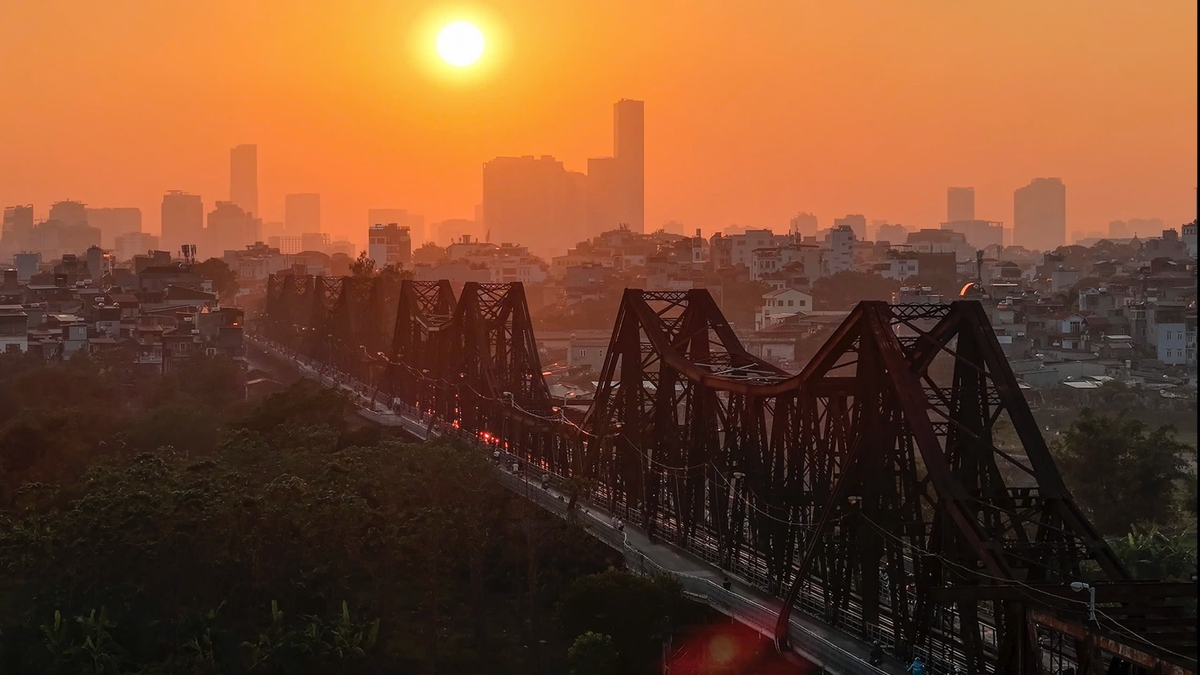
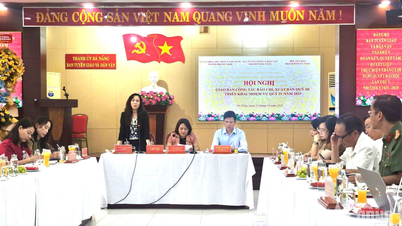

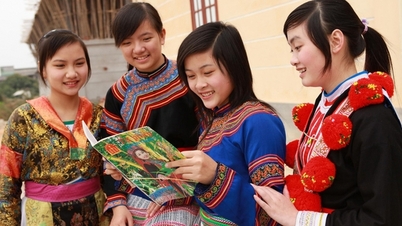

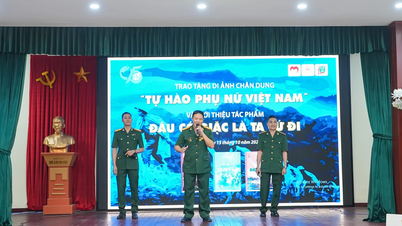

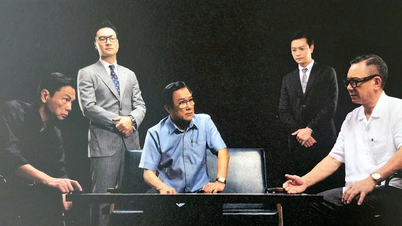

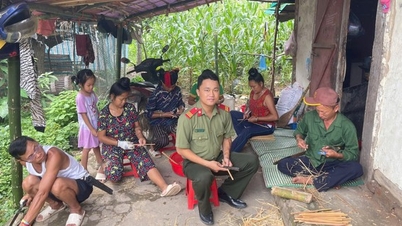
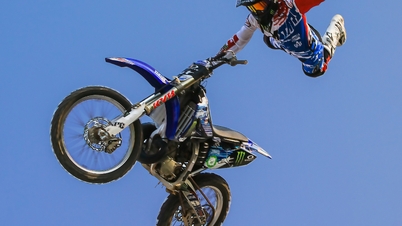





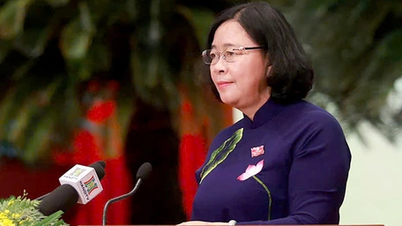
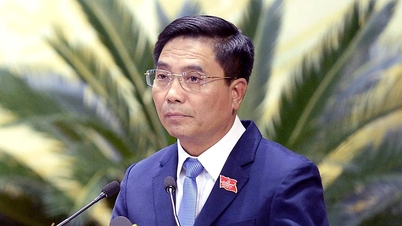
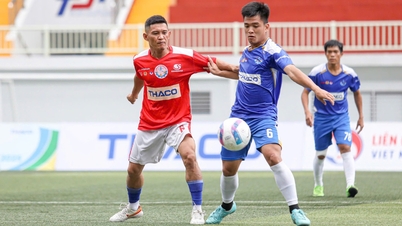
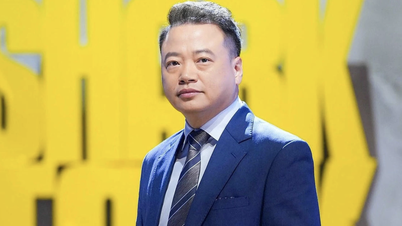

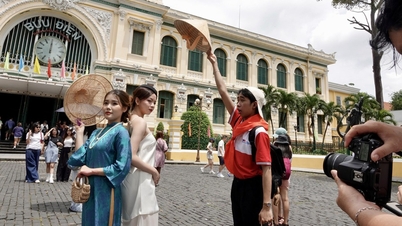
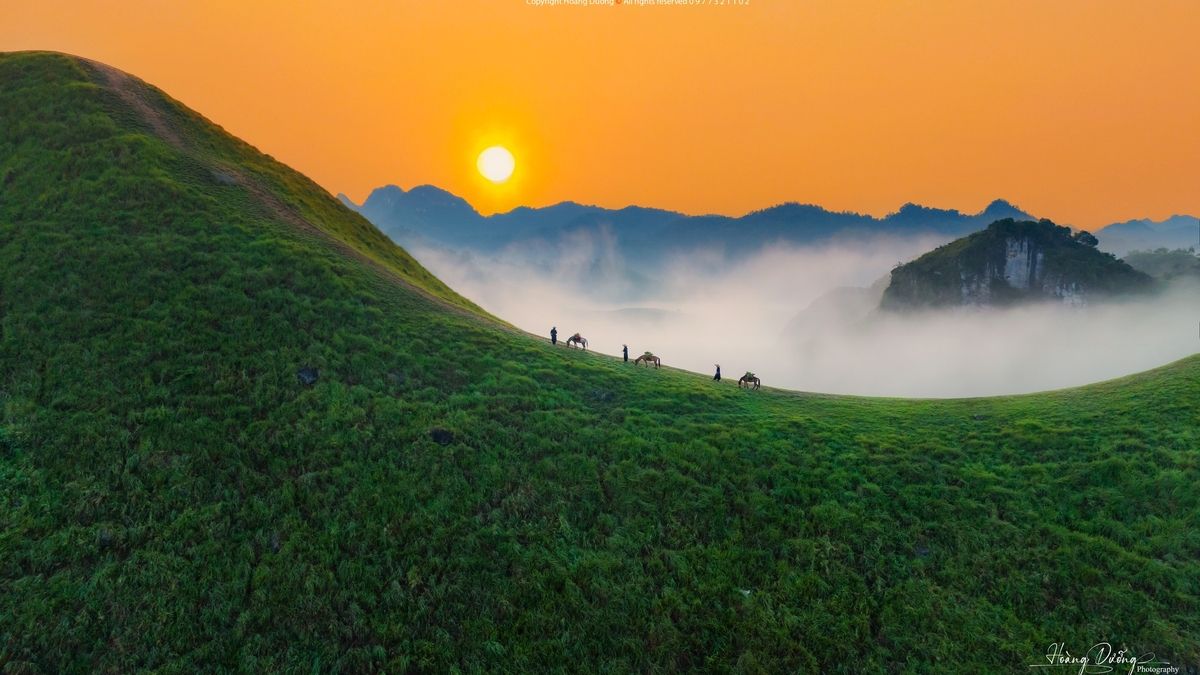
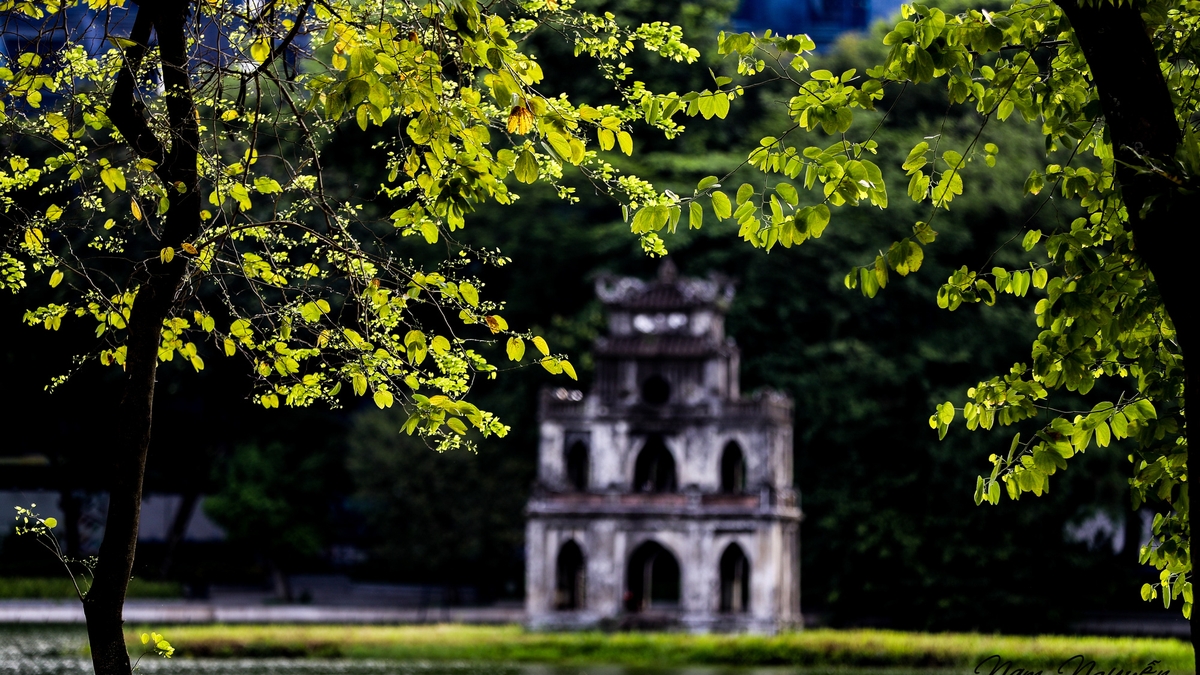
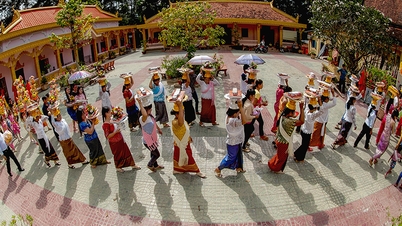

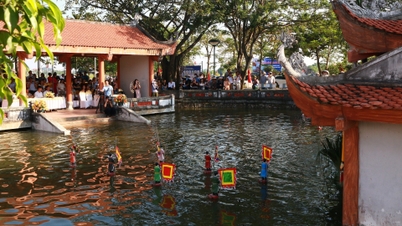

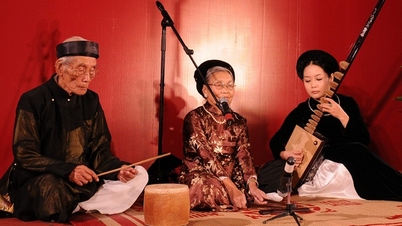


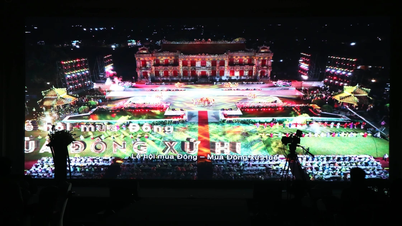

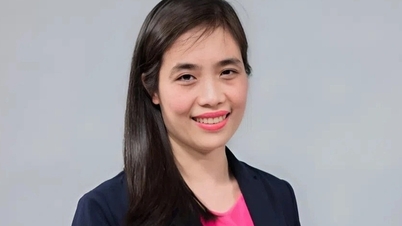

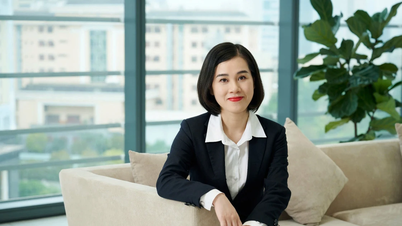


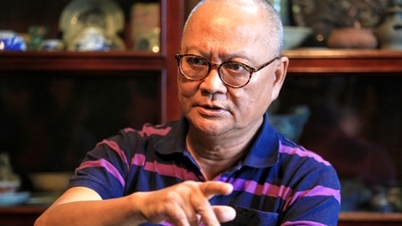
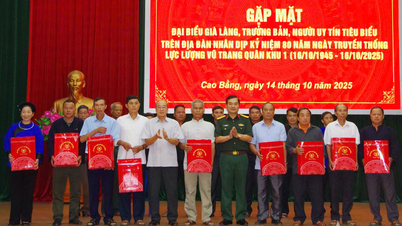
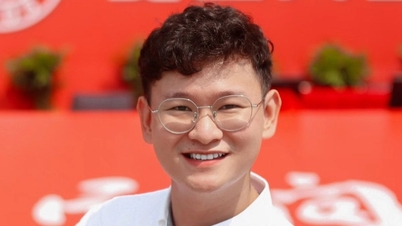

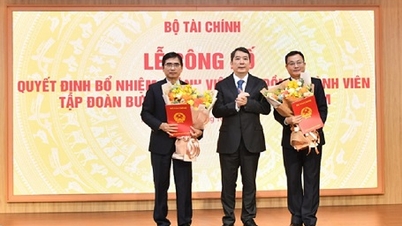


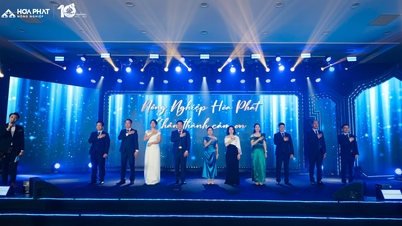







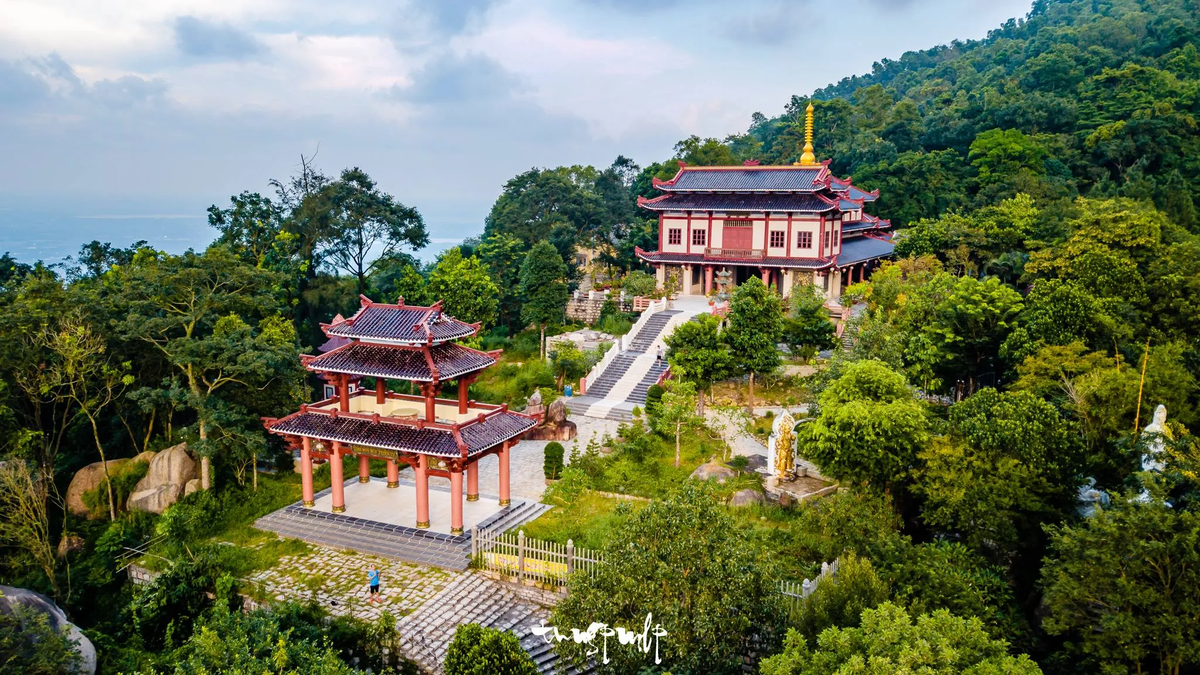
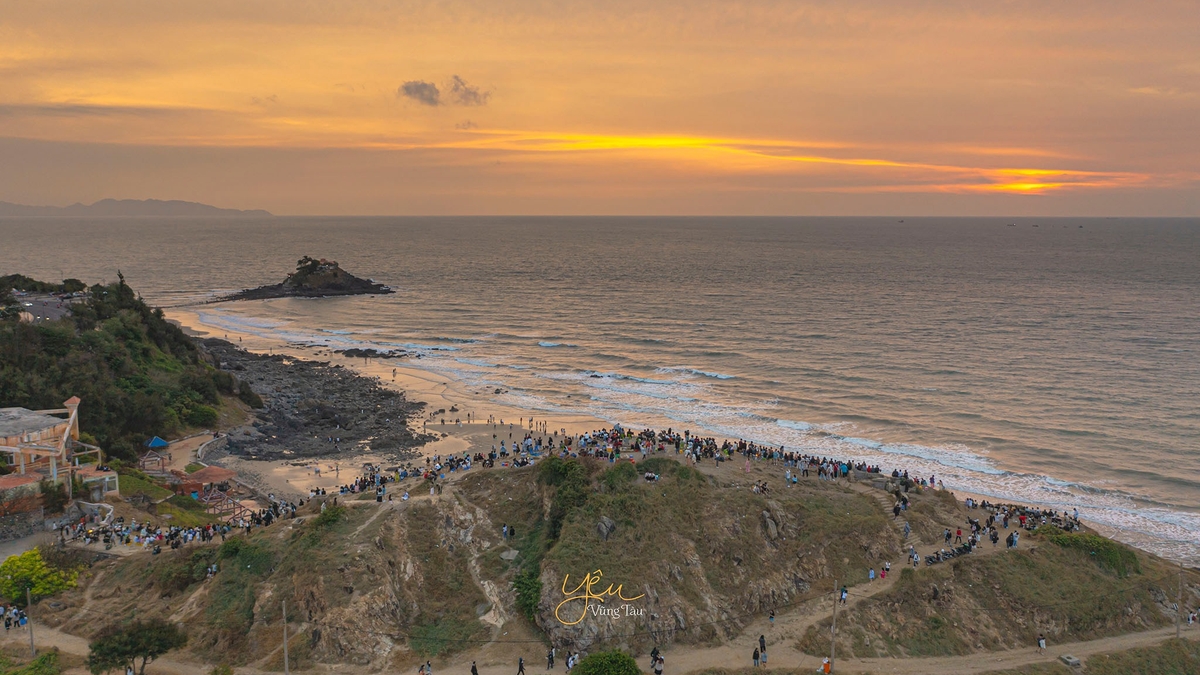
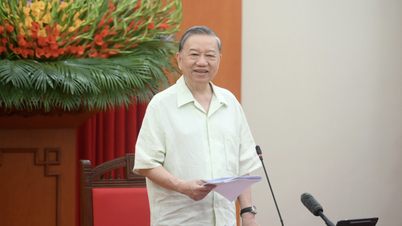
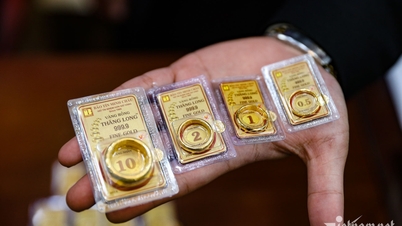
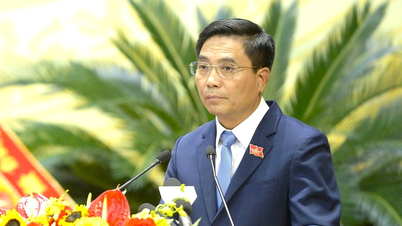
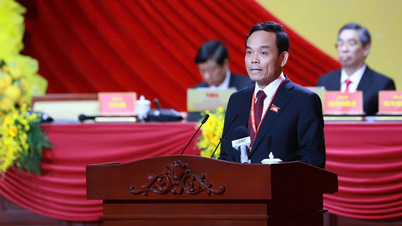

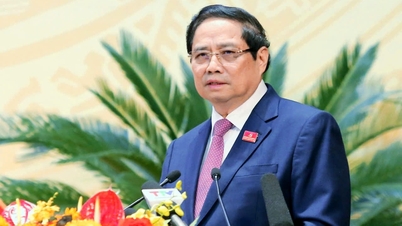
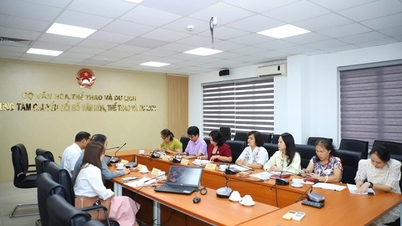

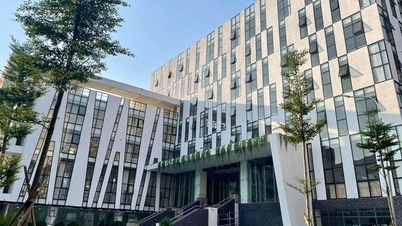
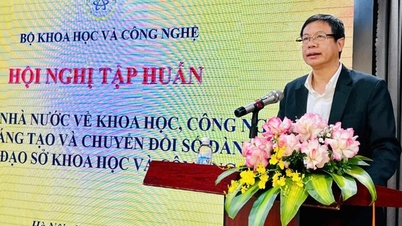

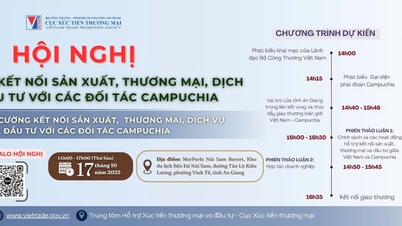


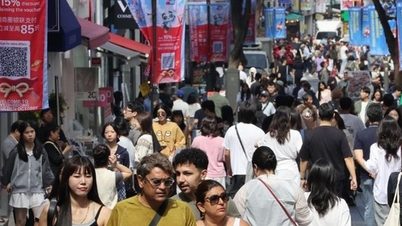
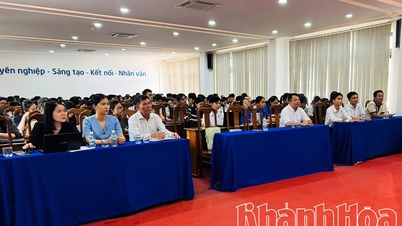


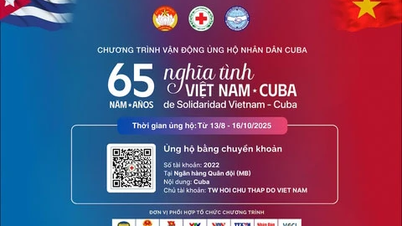

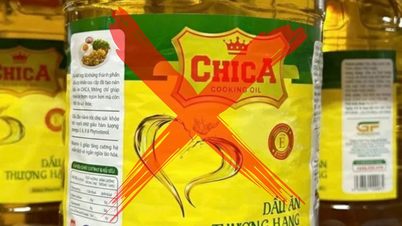

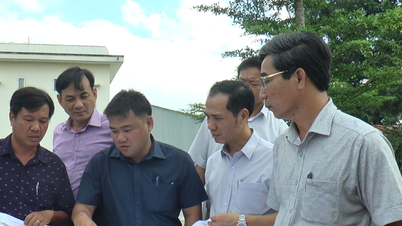

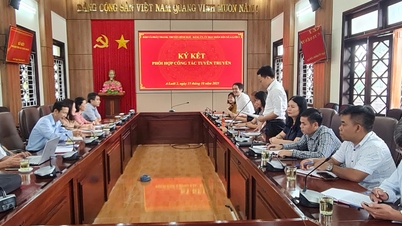

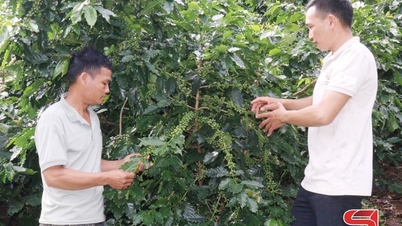

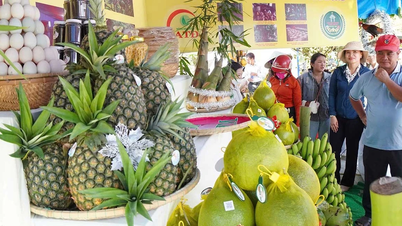

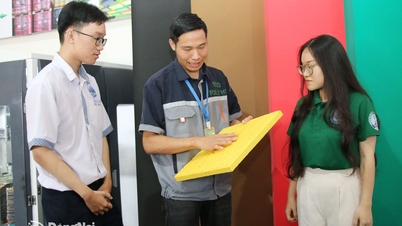

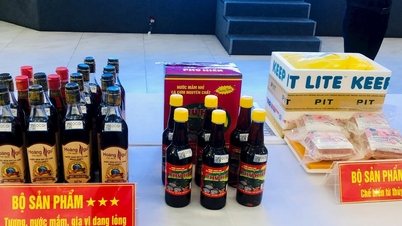

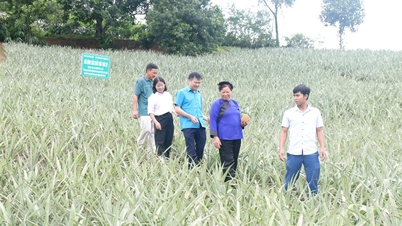

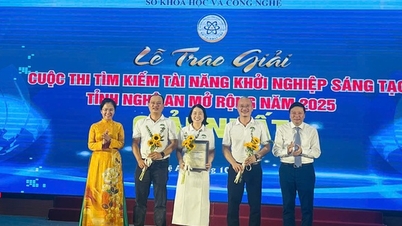





Comment (0)